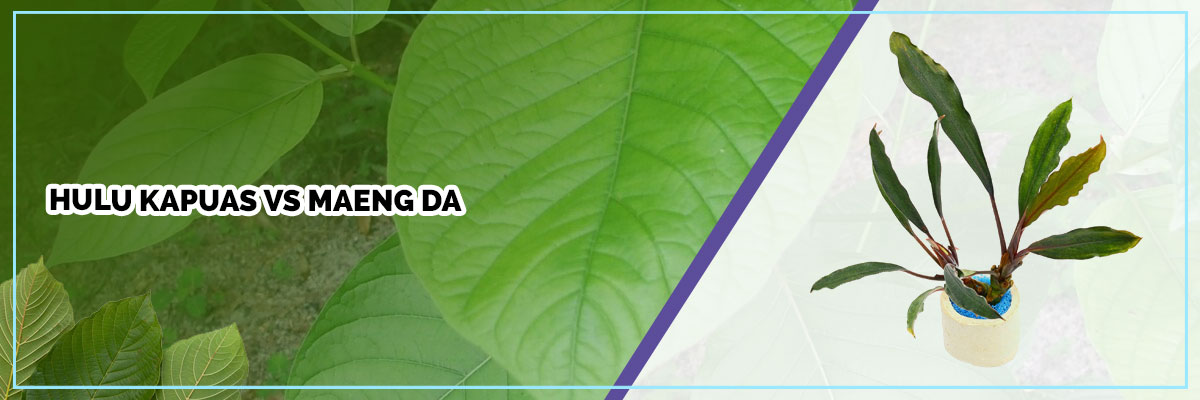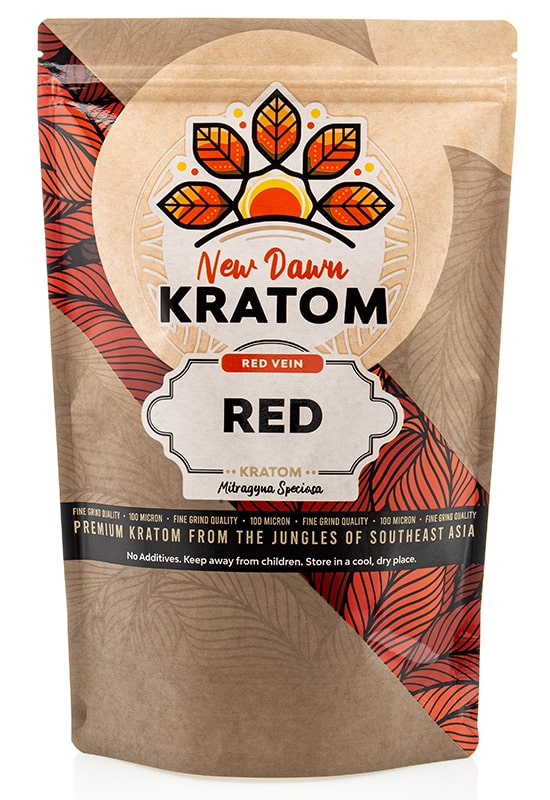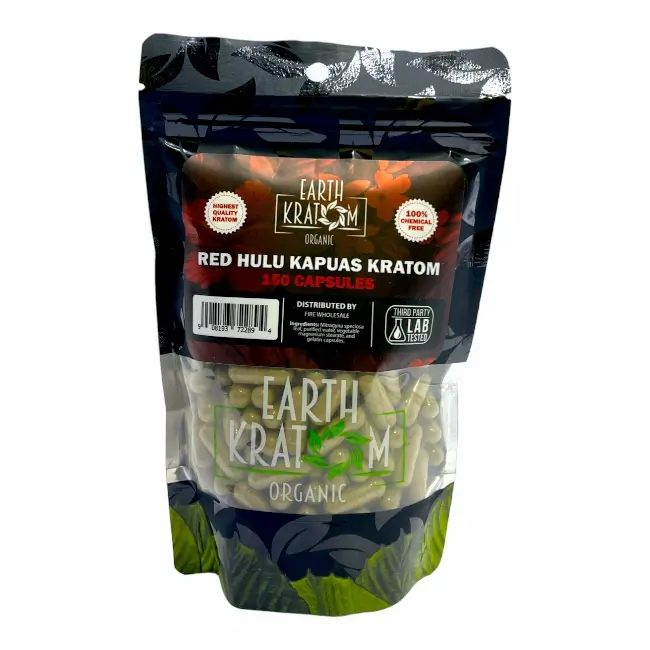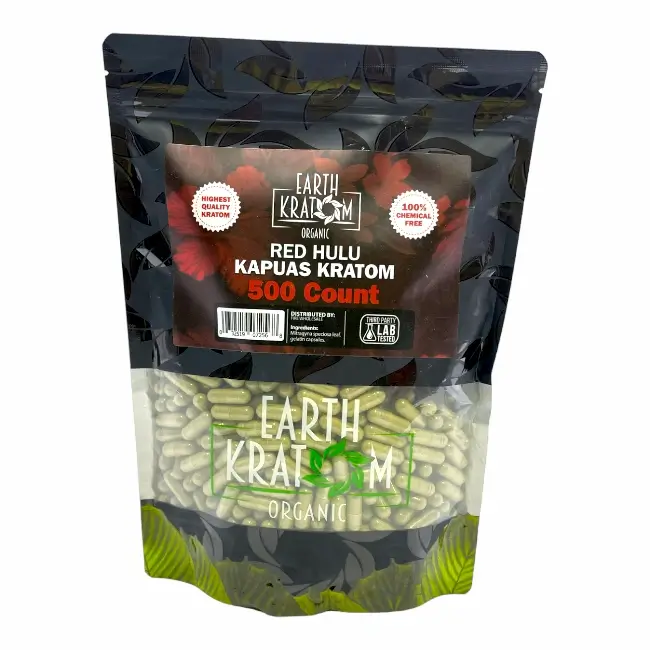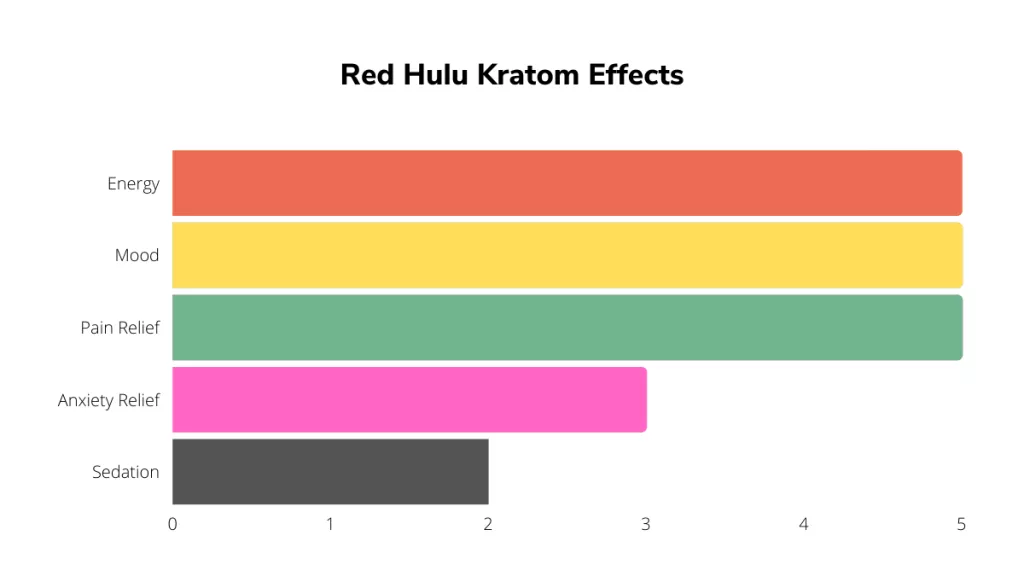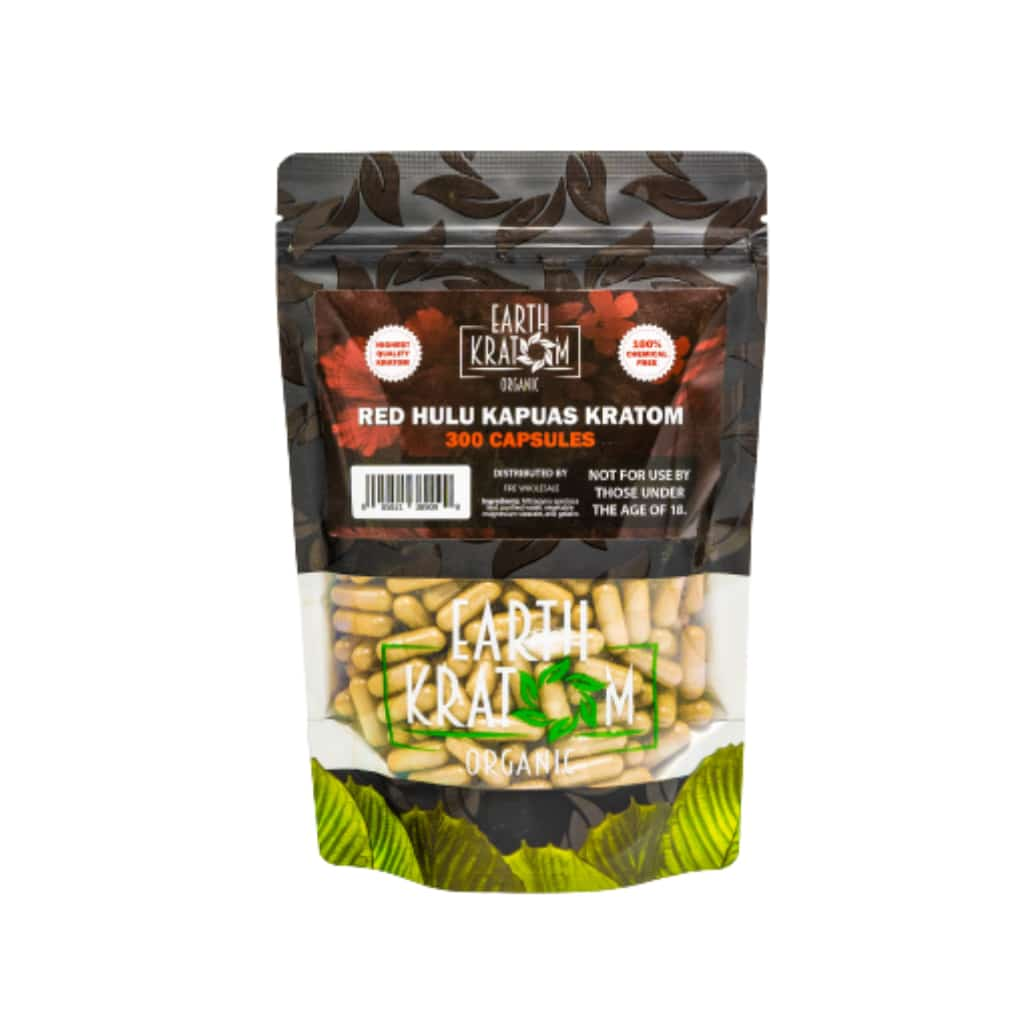Red Hulu Kapuas Vs Maeng Da

The world of kratom, a Southeast Asian botanical substance lauded for its potential pain relief and energy-boosting properties, is often a source of confusion for consumers. Two prominent strains, Red Hulu Kapuas and Maeng Da, frequently spark debate regarding their distinct characteristics and effects.
This article aims to provide an objective comparison of these two popular kratom varieties, examining their origins, alkaloid profiles, reported effects, and potential impact on users. The information presented is based on available scientific literature, anecdotal evidence, and expert opinions within the kratom community, offering readers a balanced perspective to inform their choices. This exploration seeks to demystify the nuances between Red Hulu Kapuas and Maeng Da, empowering individuals to make informed decisions based on their specific needs and preferences.
Origins and Harvesting
Red Hulu Kapuas derives its name from the Hulu Kapuas region of West Kalimantan, Indonesia, along the Kapuas River. This area is known for its fertile soil and ideal growing conditions for kratom trees (Mitragyna speciosa).
The "Red" in its name refers to the red veins present in the mature leaves of the kratom tree. Farmers in the region carefully harvest these leaves, employing traditional methods passed down through generations.
Maeng Da, originating from Thailand, is often translated as "Pimp Grade" or "High Grade." It's a term typically used to denote a particularly potent or high-quality kratom.
While traditionally from Thailand, due to kratom prohibition, much of the Maeng Da available today is cultivated in Indonesia and other Southeast Asian countries. The harvesting process is similar, involving the selection of mature leaves for optimal alkaloid content.
Alkaloid Profiles
Kratom's effects are primarily attributed to its alkaloids, particularly mitragynine and 7-hydroxymitragynine. The specific ratios of these and other alkaloids vary between strains and even within the same strain depending on factors like growing conditions and harvesting time.
Red Hulu Kapuas is generally characterized by a higher concentration of 7-hydroxymitragynine compared to Maeng Da. This contributes to its reputation for being more relaxing and analgesic.
Maeng Da, on the other hand, is often reported to have a higher mitragynine content. Mitragynine is associated with stimulating and mood-boosting effects. The exact alkaloid composition can only be determined through laboratory analysis.
Reported Effects and User Experiences
Users often describe Red Hulu Kapuas as providing a sense of calm, relaxation, and pain relief. It's frequently chosen by individuals seeking to alleviate stress, anxiety, or chronic pain.
Many find it beneficial for promoting restful sleep and reducing muscle tension. However, individual experiences can vary widely, depending on dosage, individual physiology, and tolerance.
Maeng Da is commonly reported to provide energizing and stimulating effects. It's often used to enhance focus, improve mood, and increase productivity.
Some users describe experiencing increased alertness and motivation. However, it's important to note that at higher doses, Maeng Da can also induce anxiety or jitteriness in some individuals. The effects are subjective and vary based on personal factors.
Potential Impact and Considerations
The availability and popularity of both Red Hulu Kapuas and Maeng Da underscore the growing interest in kratom as a natural alternative for managing pain, anxiety, and energy levels. However, it is crucial to approach kratom consumption with caution and awareness.
Kratom's legal status varies widely across the globe, with some countries and regions having banned or restricted its use. Before using kratom, it's essential to be aware of and comply with local laws and regulations.
Furthermore, potential side effects and interactions with other medications should be considered. It's advisable to consult with a healthcare professional before incorporating kratom into one's wellness routine.
The American Kratom Association (AKA) advocates for responsible kratom use and encourages consumers to purchase kratom from reputable vendors who conduct third-party lab testing to ensure product purity and safety. The AKA also promotes research into kratom's potential benefits and risks.
It is also important to consider the potential for tolerance and dependence with regular kratom use. Responsible use involves starting with a low dose and gradually increasing it if needed, while monitoring for any adverse effects.
Conclusion
Red Hulu Kapuas and Maeng Da represent two distinct variations within the diverse world of kratom. While Red Hulu Kapuas is often favored for its relaxing and analgesic properties, Maeng Da is typically preferred for its stimulating and mood-boosting effects.
Ultimately, the "best" strain depends on individual needs and preferences. Responsible use, informed decision-making, and adherence to local laws are paramount when considering kratom consumption.
Future research and clinical trials are needed to fully understand the long-term effects and potential therapeutic applications of kratom. Until then, consumers should exercise caution and prioritize their health and well-being.



